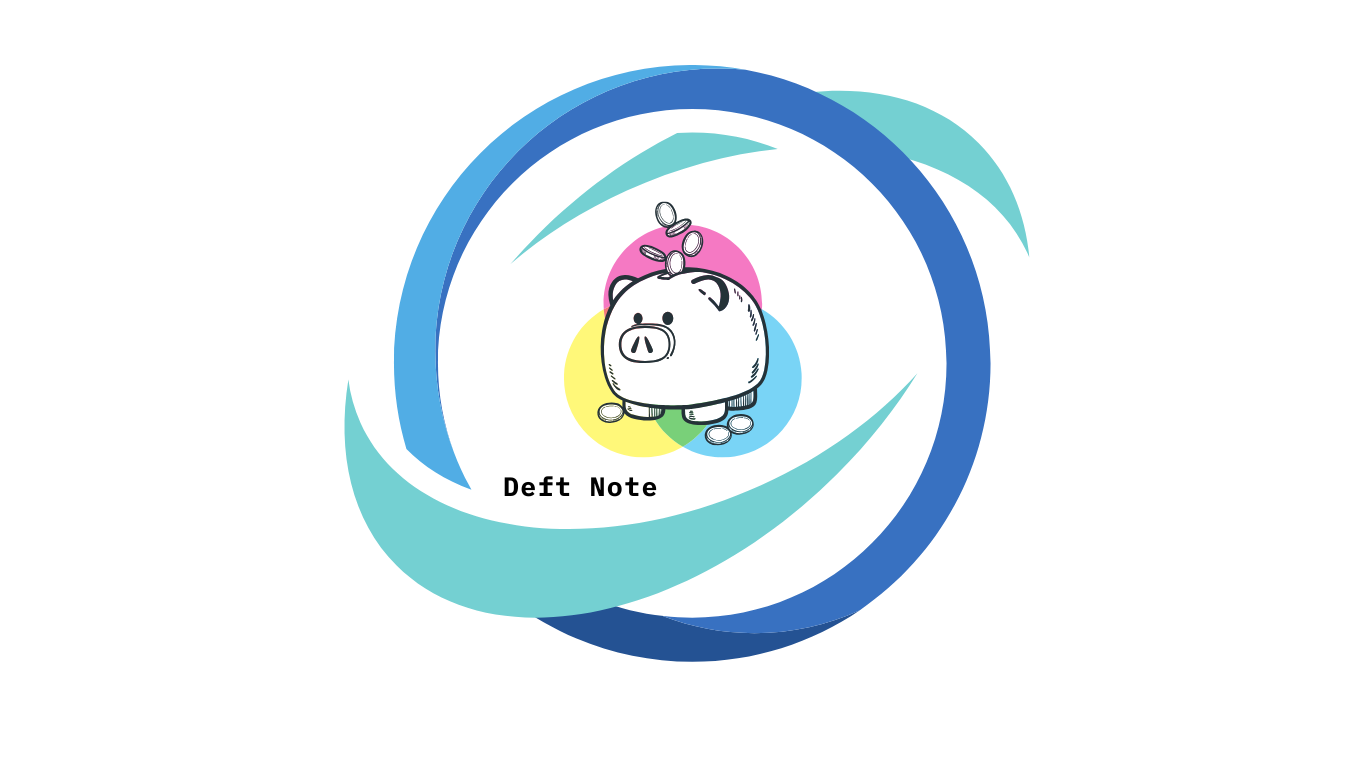Database

Databases: Understanding Their Role, Tools, and How to Get Started
Databases are the backbone of almost every modern application, from social media platforms to banking systems. But what exactly are they, and why are they so crucial? Let’s dive into the world of databases, explore their importance, and learn how to start working with them—complete with examples and actionable steps.
What is a Database?
A database is an organized collection of data stored and accessed electronically. Think of it as a digital filing cabinet where information (like user profiles, transactions, or product details) is stored in structured formats for easy retrieval and management.
Example:
When you search for a product on Amazon, the website queries its database to show you results.
When you log into Instagram, the database checks your username and password.
Why Are Databases Important in Software?
Data Organization: Stores information in tables (SQL) or documents (NoSQL) for structured access.
Efficiency: Quickly retrieves or updates data (e.g., searching a library catalog).
Security: Protects sensitive data with encryption and access controls.
Scalability: Handles millions of users (e.g., Netflix streaming).
Consistency: Ensures data integrity (e.g., preventing duplicate bookings on a flight).
Without a Database:
Apps would rely on slow, error-prone methods like text files or spreadsheets.
Data could become inconsistent, insecure, or impossible to scale.
- dynamic applications like e-commerce platforms or social media sites wouldn’t exist.
Key Concepts: Database vs. Programming Language
Programming Language (Python, Java): Used to write code that interacts with the database.
Database (MySQL, MongoDB): Stores and manages data independently of the code.
Example:
A Python script uses SQL queries to fetch user data from a PostgreSQL database.
Prerequisites for Learning Databases
Basic Data Literacy: Understand data types (strings, numbers) and structures (tables, JSON).
Logical Thinking: Ability to design relationships (e.g., users ↔ orders).
Basic Programming: Optional but helpful for integrating databases into apps.
How to Start Learning Databases
Choose a Database Type:
SQL (Relational Databases): Structured data with tables (e.g., MySQL, PostgreSQL).
NoSQL (Non-Relational): Flexible formats like JSON (e.g., MongoDB, Firebase).
Learn SQL Basics: Start with queries like
SELECT,INSERT,UPDATE, andJOIN.Practice with Tools:
MySQL Workbench (for SQL).
MongoDB Compass (for NoSQL).
Build Mini-Projects:
A student grade tracker (SQL).
A blog with user comments (NoSQL).
Creating a Database During Software Development
Requirement Analysis: Decide what data to store (e.g., user emails, product prices).
Choose a Database:
Use SQL for complex transactions (e.g., banking).
Use NoSQL for scalability (e.g., social media posts).
Design the Schema:
SQL: Define tables, columns, and relationships (e.g.,
Users↔Orders).NoSQL: Design document structures (e.g., a user document with embedded orders).
Implement with Code:
Use ORMs (Object-Relational Mappers) like SQLAlchemy (Python) or Sequelize (JavaScript).
Write raw SQL or NoSQL queries.
What Happens Without a Database?
Data Chaos: Information is scattered across files, leading to duplication and errors.
Poor Performance: Searching 10,000 records in a text file would take minutes.
Security Risks: No way to encrypt or control access to sensitive data.
Example:
A small store using Excel sheets might accidentally overwrite orders or struggle to track inventory.
Popular Database Languages & Tools
| Type | Languages/Tools | Use Cases | Example |
|---|---|---|---|
| SQL | MySQL, PostgreSQL | Banking, ERP systems | Storing customer transactions |
| NoSQL | MongoDB, Firebase | Real-time apps, Big Data | Tracking social media interactions |
| In-Memory | Redis | Caching, Sessions | Storing user login sessions |
| Graph | Neo4j | Social networks, Recommendations | Mapping friend relationships |
When Should You Learn Databases?
It’s ideal to learn databases once you understand basic programming concepts and have exposure to software architecture. Starting with SQL is recommended, as it’s widely used and beginner-friendly.
Example: How Databases Work
Application Scenario | Database Function | Outcome |
|---|---|---|
User registers an account | Database stores user credentials | Account created |
User searches for products | Database retrieves product details | Search results displayed |
User places an order | Database updates inventory records | Order processed |
Databases ensure seamless data management and efficient software operations
Start when:
You’re building apps that require user accounts or dynamic content.
You want to work in backend development, data engineering, or DevOps.
You’re curious about how platforms like Facebook or Uber handle data.
Learning Roadmap:
Week 1-2: Learn SQL basics (SELECT, WHERE, JOIN).
Week 3-4: Set up MySQL or PostgreSQL and create simple tables.
Week 5-6: Integrate a database into a small app (e.g., a to-do list).
Week 7-8: Explore NoSQL with MongoDB and build a blog.
Real-World Database Examples
E-Commerce:
Database Task: Track inventory, orders, and customer details.
Tools: PostgreSQL (SQL) for transactions, Redis for cart sessions.
Healthcare:
Database Task: Store patient records securely.
Tools: Oracle Database (SQL) with HIPAA compliance.
IoT Applications:
Database Task: Handle millions of sensor readings.
Tools: Cassandra (NoSQL) for scalability.
FAQ
Q: Can I use Excel instead of a database?
A: For small, static data—yes. For dynamic apps—no. Databases handle concurrency, scalability, and complex queries better.
Q: Is SQL a programming language?
A: No—it’s a query language designed specifically for managing databases.
Q: Which database should I learn first?
A: Start with SQL (MySQL or PostgreSQL)—it’s foundational and widely used.
Conclusion
Databases are the unsung heroes of the digital world, ensuring data is stored securely, retrieved efficiently, and scaled effortlessly. Whether you’re building a personal project or a enterprise-grade app, understanding databases is non-negotiable. Start with SQL, experiment with real-world projects, and gradually explore NoSQL for niche use cases.
Remember:
Database Tools are your allies.
Practice is the key—build a project today!
Ready to begin? Install MySQL or MongoDB and create your first table or collection!
